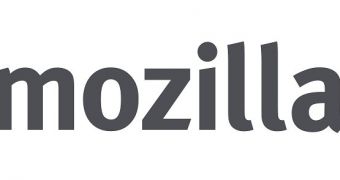Mozilla is launching a new version of its mozjpeg image encoder for JPEG files, which is already being tested out on Facebook.
“We’re pleased to announce the release of mozjpeg 2.0. Early this year, we explained that we started this project to provide a production-quality JPEG encoder that improves compression while maintaining compatibility with the vast majority of deployed decoders. The end goal is to reduce page load times and ultimately create an enhanced user experience for sites hosting images,” said Mozilla’s Josh Aas, senior technology strategist.
The recent update reduces file sizes for both baseline and progressive JPEGs by 5 percent on average compared to those produced by libjpeg-turbo, the standard JPEG library which mozjpeg is based on.
Trying to get Mozilla to continue its work, Facebook has apparently donated $60,000 (€44.281) because better image encoding is obviously handy for the company whose users upload some 350 million photos each day. Having smaller photographs means that Facebook can render pages faster, which improves the overall feel of the site.
“Facebook supports the work Mozilla has done in building a JPEG encoder that can create smaller JPEGs without compromising the visual quality of photos. We look forward to seeing the potential benefits mozjpeg 2.0 might bring in optimizing images and creating an improved experience for people to share and connect on Facebook,” said Stacy Kerkela, software engineering manager at Facebook.
Cutting down 5% of a file’s size is pretty impressive, but Mozilla notes that the number can be significantly higher, up to 15%, if the image allows it, or even lower than the announced average.
The company wants to continue working on the project and it has been considering improvements to the decoding time, feature set, time to market, and licensing. The primary interest is, however, in the impact that smaller file sizes have on page load times.
When it comes to image format in the online world, PNG and JPEG are the most used ones, although others have tried creating new formats. Microsoft and Google have tried this too. For instance, Google’s WebP format is used across the company’s own sites for Chrome users, but there’s been little to no adoption outside the walls of the world’s largest Internet company.
Mozilla’s CTO Andreas Gal once said that WebP and Microsoft’s JPEG XR and other royalty-free formats don’t offer enough improvements over JPEG to justify the cost of adding a new image format to the web, which explains why Mozilla has been focusing on encoding improvements rather than building something new.

 14 DAY TRIAL //
14 DAY TRIAL //